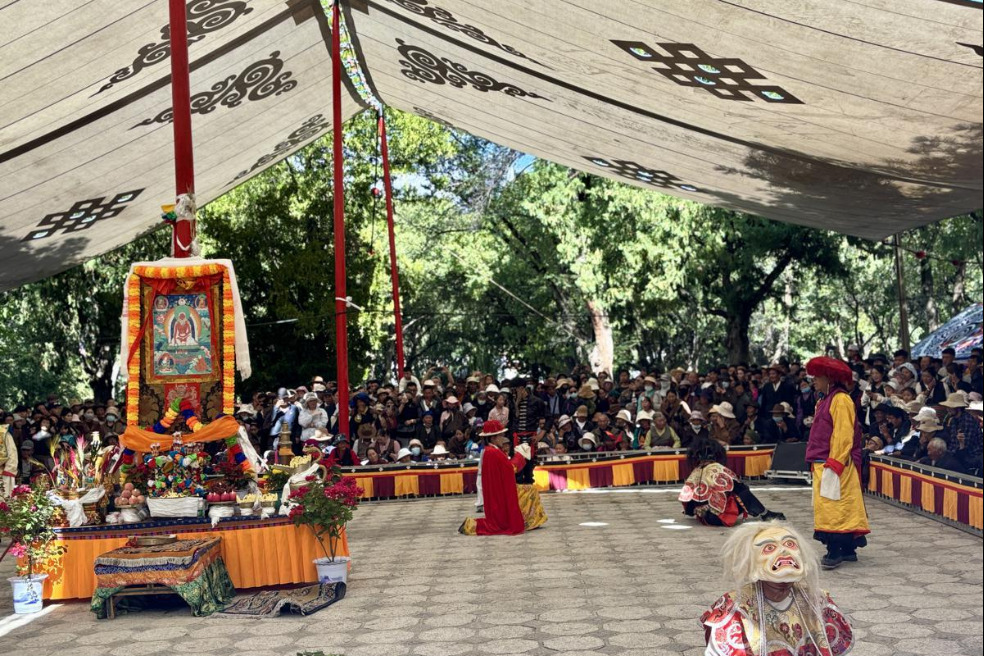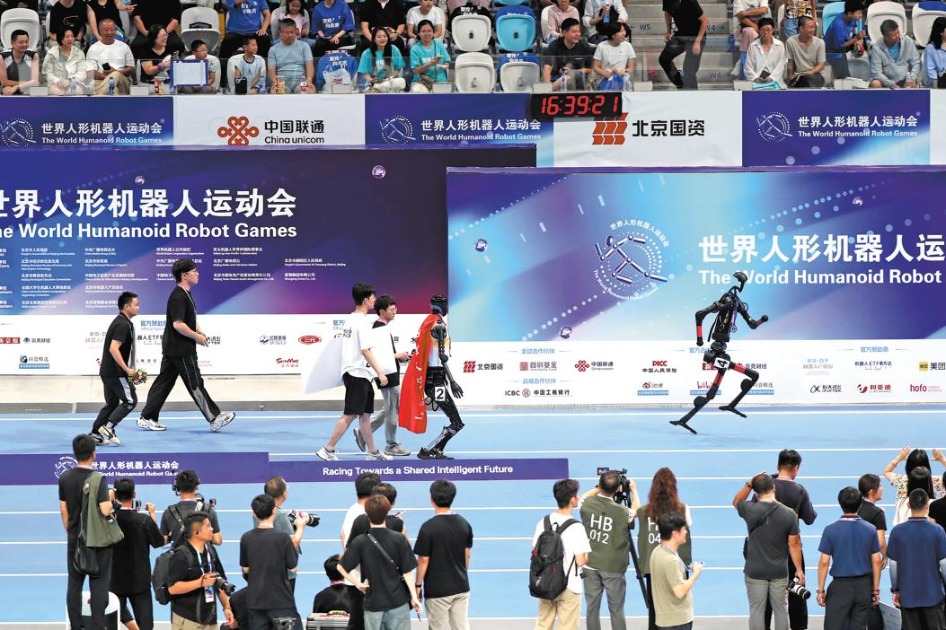5G can bridge gap between urban, rural schools, CPPCC member says


The application of 5G and other new technology will fill the educational gap between urban and rural areas, said a CPPCC National Committee member.
Yu Minhong, a member of the National Committee of the Chinese People’s Political Consultative Conference, said in the future, the widely applied 5G network will largely reduce the cost of accessing educational information in primary and secondary schools in rural and remote areas. It will also raise the quality of teaching material.
He said the improvement brought by the 5G technology will make the interaction smoother when students in rural and remote areas take distance courses.
"That is to say, for example, teachers in Beijing can communicate with rural children 300 kilometers away without any obstacles, such as the delay or the unclear images. The (5G) technology will shorten the distance at once."
As a result, he said, the imbalance of the education level between urban and rural areas can be greatly closed.
Yu also said the combination of government and private powers cannot be ignored when effectively using the 5G technology to ensure the education equity.
It requires the strength of the state to improve the relevant infrastructure construction so that 5G can cover the primary and secondary schools in rural and mountainous areas, while resources from the private sectors to provide quality educational resources, he noted.
- 2025 SCO Forum on People-to-People Exchange held in Beijing
- Exhibition commemorating 80th anniversary of victory over Japanese aggression, fascism opens in Macao
- Video series commemorates Soong Ching Ling's peace diplomacy legacy
- Over 40 expatriates make dumplings at a community event in Tianjin
- Shanghai Disney Resort adjusts ticket structure, unveils autumn lineup
- Cutting-edge fungal technology takes center stage at Jilin expo




































